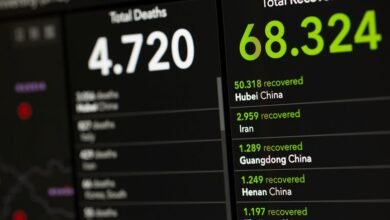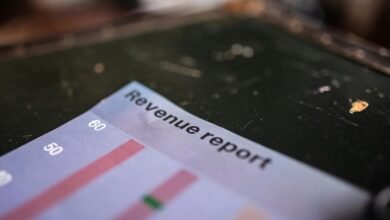
Telecom Security and Privacy Delta: 7159611031, 9513096670, 6783593193, 3128887789, 2013458667, 4055786066
In today’s telecom landscape, understanding the specific risks associated with numbers like 7159611031, 9513096670, and others is crucial. Each number can face unique threats, from social engineering to data breaches. By analyzing these vulnerabilities, you can better appreciate the nuances of telecom security. What strategies can you implement to bolster your defenses and protect sensitive information? The answer may lie in a combination of technology and user awareness.
Understanding the Threat Landscape in Telecom Security
As telecom networks continue to evolve, understanding the threat landscape in telecom security becomes crucial for operators and users alike.
You must recognize that threat actors exploit vulnerabilities in your systems. Conducting regular vulnerability assessments helps identify weaknesses, enabling you to implement effective defenses.
Case Studies: Analyzing the Risks of Specific Phone Numbers
How can specific phone numbers pose unique risks in the realm of telecom security?
Analyzing phone number vulnerabilities through risk assessment methodologies reveals critical insights.
For instance, certain numbers may be linked to social engineering attacks, exploiting user trust.
Best Practices for Enhancing Telecom Security
While telecom security can often seem daunting, implementing best practices can significantly reduce vulnerabilities.
Prioritize robust encryption methods for data transmission to safeguard sensitive information.
Additionally, enhance user awareness through regular training on recognizing phishing attempts and secure practices.
The Role of Technology in Protecting Privacy and Data
Implementing best practices in telecom security naturally leads to a focus on the role of technology in safeguarding privacy and data.
Effective encryption methods secure sensitive information, while data anonymization enhances user confidentiality.
Robust user authentication strengthens access controls, and diligent network monitoring enables real-time threat detection.
Adhering to regulatory compliance ensures legal protection, ultimately empowering users with the freedom to communicate securely.
Conclusion
In the grand circus of telecom security, where your phone number is the tightrope walker, it’s clear that without a safety net, the fall can be disastrous. So, why not just hand over your digits to every random caller? After all, who needs privacy when you can enjoy the thrill of social engineering attacks? But seriously, by adopting robust encryption and staying informed, you can be the ringmaster of your own security, keeping those pesky threats at bay.




